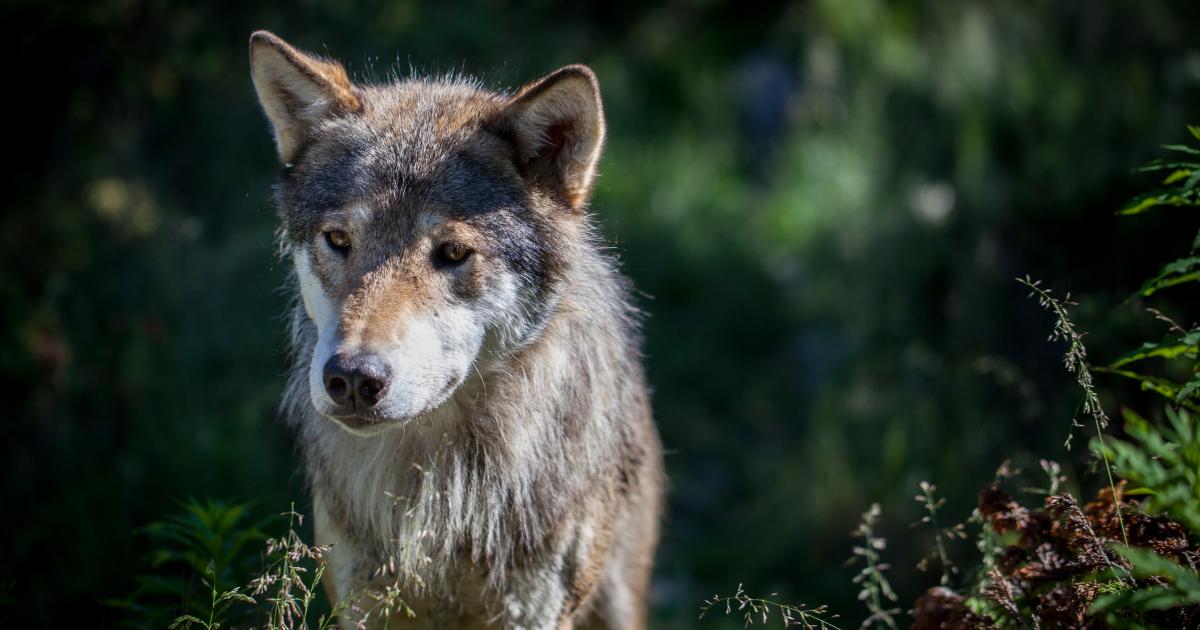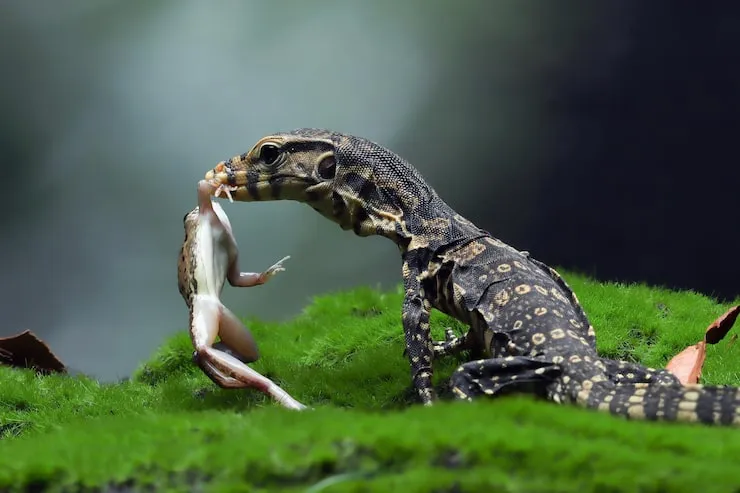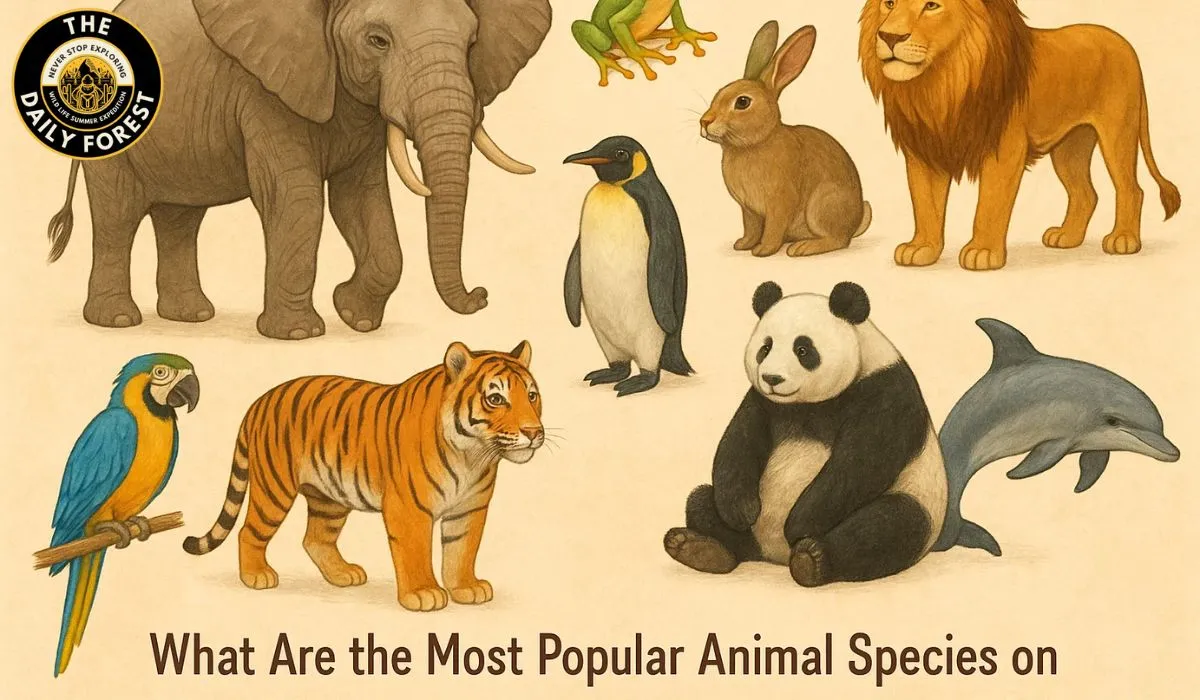The founding population of the current herds descends from a small number of animals from the Finno-Russian population that arrived in southern Sweden. Due to a small gene pool, the Scandinavian wolf population currently requires an immigrant wolf every five years to maintain its diversity. Current interspecies conflicts in the south and persecution in the north impede this gene flow. The wolf population, officially protected in Sweden and consisting of around seven individuals, has grown exponentially in Scandinavia, despite its genetic isolation. This growth, as the Scandinavian Wolf Research Project (SKANDULV) points out, is due to Swedish management of the species and acceptance by the general public outside of areas with denser populations. The high population of Swedish wolves has facilitated their migration to Norway and led to the establishment of packs along the border. The return of the wolf to Norway led to the resurgence of the centuries-old conflict that humans had with this species. These include cattle rustling, dog attacks, trophy hunting, competition for game, and the fear of living in wolf territories, as well as more modern ideas about whether these territories should be used for ecotourism or for sporting purposes. These contradictory views culminated in a controversial government proposal in 2017 to grant hunting licenses to 47 wolves out of an estimated population of 80 wolves. Under pressure from environmental groups, this number was reduced to 20.
POLITIZATION OF WOLVES
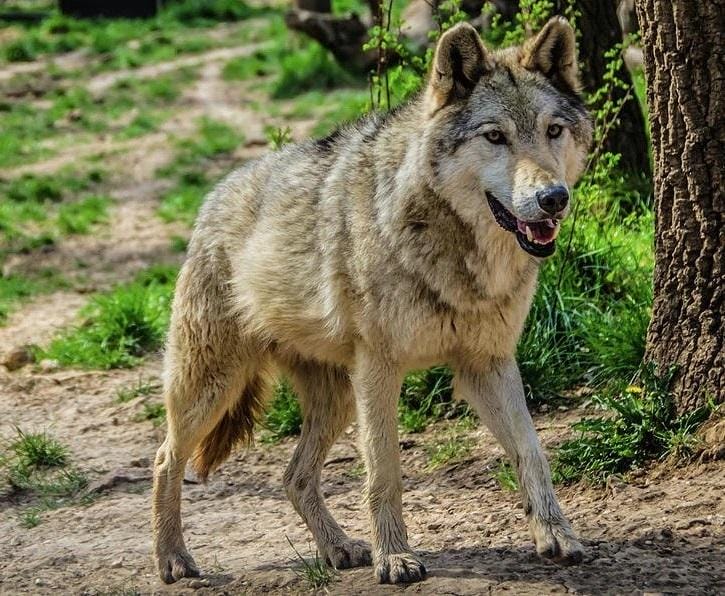
The politically defined wolf population target in Norway stipulates that management of the wolf within the boundaries of the territory must be carried out within the framework of the Biodiversity and Nature Act and the Berne Convention. Since SKANDULV represents all wolves in Norway and Sweden, the national Norwegian wolf population target is between four and six litters per year. Litters in border herds count as 0.5 liters of the total population and three of these litters must occur entirely within Norwegian territory. Therefore, wolf management in Norway largely depends on careful monitoring of the existing population, where the mortality rate attributable to poaching is ≥50%. With more than 80% of Norwegians hunting for sport, the country is committed to managing its wolf population to minimize human conflict and maximize economic returns from its most valuable game species, the moose. Although Norwegian wolves are present in only 4-5% of Norway's territory, their high mortality rate due to moose attacks puts them in competition with local inhabitants. This puts them in direct conflict with landowners who exploit land unsuitable for agriculture through logging or profitable hunts in which locals and foreigners can acquire hunting rights for a predetermined quota of elk.
HUMAN-WOLF CONFLICT
Conflicts between carnivores and livestock are also relatively high in Norway a system based on unsupervised free grazing of sheep in carnivorous habitats. This system emerged at a time when predators were extinct in most of the country and had not yet adapted to their return. Therefore, in western Norway, where sheep graze more intensively, there are no wolves and those found are quickly killed to ensure they do not become “problem animals”. In Norway, the law requires that all losses of large carnivores be fully compensated. In 2016, during the grazing season, approximately 104,500 sheep disappeared, of which approximately 17,550 were killed by predators (bears). , bobcats, wolverines, wolves and golden eagles). Of this amount, approximately 1,600 sheep were compensated for loss to wolves (just over 1.5% of the total estimated sheep loss), a number that can be attributed to reductions in the wolf population and migration towards designated grazing areas. Interestingly, as wolf populations have increased, livestock losses have decreased. The 1970s saw an explosive increase in elk numbers, reflecting a small predator population and a change in forest management that allowed clear-cutting, providing abundant food for the species.
THE IMPACT OF MOOSE POPULATIONS
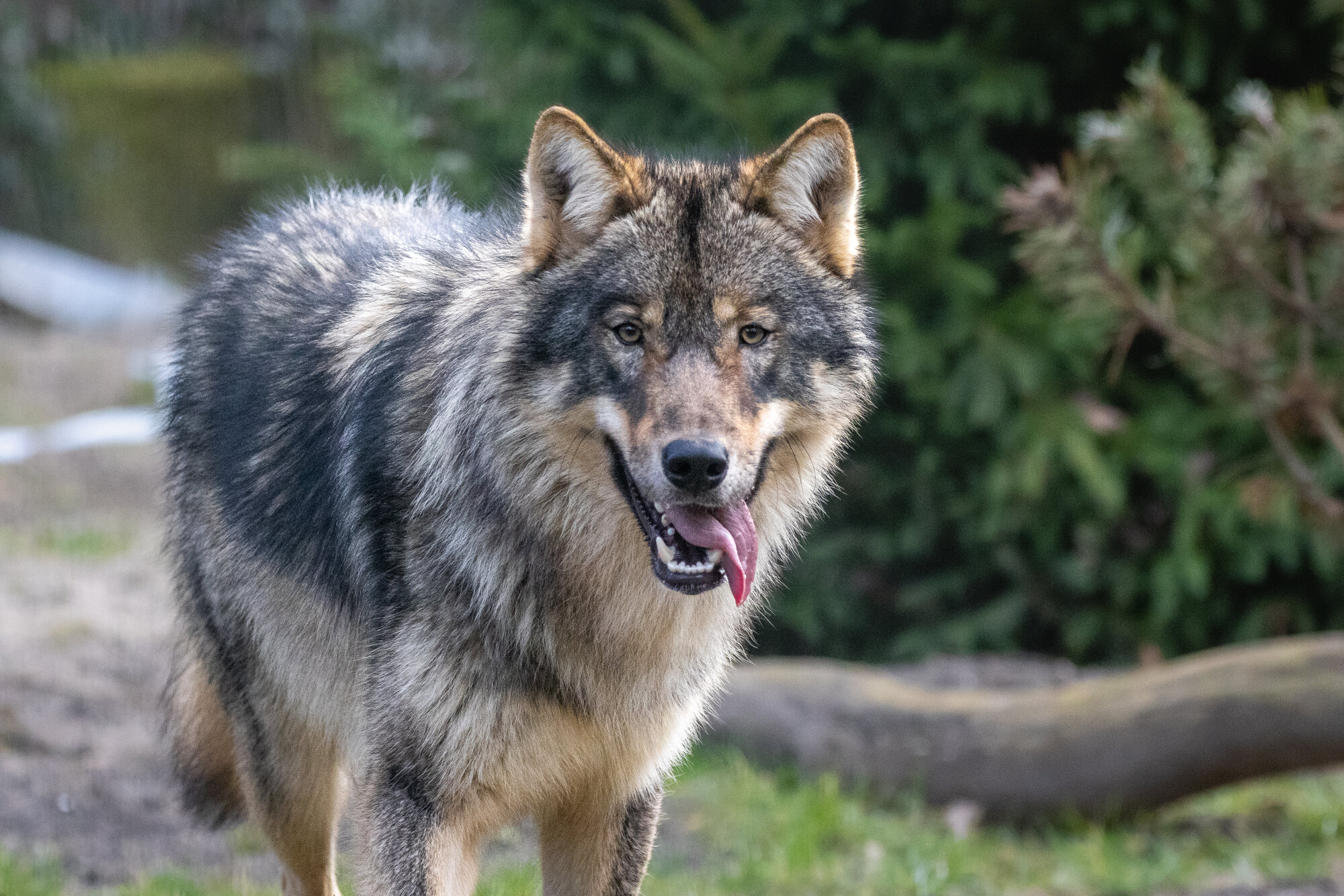
Scandinavian wolves kill more moose every year compared to North American gray wolves, which take an average of 120 moose per year per pack. Despite this mortality rate, studies have shown that a decline in the wolf population has no impact on the annual hunting of 30,000-40,000 moose hunted annually throughout Norway. The cause of conflict with wolf predation lies in its impact on landowners' hunting rights, as the presence of a wolf pack potentially reduces the number of moose that can be hunted in an area and the potential profit obtained. This is especially painful because Norwegian states do not compensate for the killing of moose and the resulting loss of income from hunting. Given that humans are responsible for 25-30% of elk killed each year, wolves account for only a relatively insignificant 10%, suggesting the possibility of humans and wolves living side by side with minimal conflict. In Norway, herds tend to focus on elk, considered "undesirable" to a hunter, i.e. females and older calves, the latter making up a significant part of their diet. With an average pack size of 6 animals, their mortality rate decreases as their numbers increase. Conversely, a higher mortality rate for wolves is attributed to the migration of lone pairs or smaller packs, which, in theory, should make them less desirable on their lands than a larger pack.
PERSECUTING AND STIGMATIZING THE WOLF
For various historical reasons, including persecution, Norway's natural deficiency, predators encouraged people to intervene. Maintaining sufficiently large herds in the “wolf management zone,” which includes four counties in eastern Norway, could ensure that moose predation is lower than would occur with the inevitable presence of strays crossing the border. The current stigma against wolves in Norway, coupled with the supposed cultural and economic value of moose hunting, suggests that this conflict will not end anytime soon. Meanwhile, landowners responsible for monitoring wolf populations and competent authorities responsible for allocating hunting quotas must strive to adhere to the Bern Convention: seek to protect wild flora and fauna in their natural habitats. In a country where there is so much prey for humans and wolves, Norway and Sweden should promote genetic diversity to ensure a healthy population of predators that can cope with the stress of poaching and fatal killing. Ultimately, it appears that despite recolonization of former ranges, wolves in Scandinavia will be subject to these management techniques until alternative solutions are found for this key species. ***Rob had the opportunity to visit Norway as part of the Erasmus+ nature exchange program supported by archnetwork.

